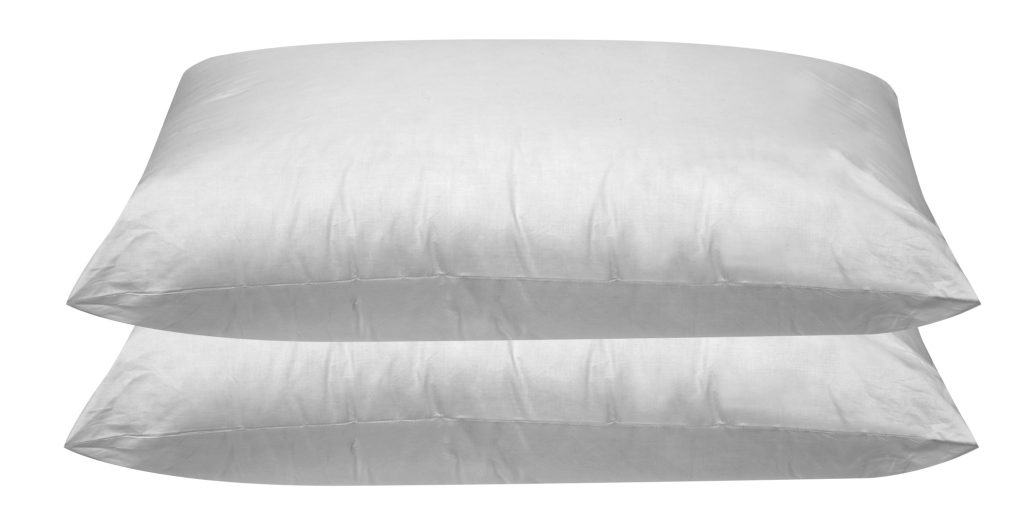Polyester Pillows
Benefits of a Hypoallergenic Pillow
Many people are now clued in on the availability of hypoallergenic pillows on the market. Compared to other types of pillows, anti-allergy pillows could mean better sleep and health for people with allergies.
Contrary to popular belief, a dust allergy is not caused by dust. Rather, it is caused by excretions from dust mites. Symptoms of a dust allergy include red and itchy eyes, a runny nose, sneezing and coughing. If you suffer from dust allergies, switching to a hypoallergenic pillow can be beneficial.
Specially Treated
Dust mites proliferate in areas that are dark and moist. Their favourite food is dead skin cells, much of which we shed as we sleep. This is why dust mites like bedding and in particular, pillows and pillowcases. Did you know that the average adult sheds up to 1.5 grams of dead skin cells a day? That’s enough to feed close to a million dust mites at a time! Unfortunately, this can cause issues in sensitive individuals, especially those with allergies. Switching to a hypoallergenic pillow is a good alternative because it has been treated to resist the growth and proliferation of these allergy-causing critters. Hypoallergenic pillows have been proven to reduce allergy symptoms such as nasal congestion and wheezing.
Easy Wash and Dry
Doctors and experts agree that another way to reduce a dust mite infestation is to wash pillows often. The downside to owning a natural-fill pillow is that they are more complicated to wash and dry. Silk cotton pillows, for instance, are hard to dry and can harbour mould and mildew if not dried correctly. They also have a tendency to clump up over time. Synthetic-fill hypoallergenic pillows, on the other hand, are easier to wash and dry quickly without losing their fluff or compromising their ability to repel dust mites. This easy maintenance makes them a good alternative for allergy sufferers.
Wide Range of Choices
There are also a lot of options when it comes to hypoallergenic pillows. Wool is a great choice as it is naturally hypoallergenic and anti-bacterial. The only downside to owning wool pillows is the cost since they’re usually on the high end. Check out wool pillows made from alpaca wool as they tend to be a bit cheaper.
Polyester fibrefill pillows are also hypoallergenic. They’re made from small, curled, synthetic polyester fibres and are extremely fluffy and durable. Best of all they’re quite affordable, costing as little as half the price of other types of pillow stuffing.
Always check the label when purchasing pillows just to make sure they’re hypoallergenic. There is a wide selection of hypoallergenic pillows on the market that are ideal for those with dust mite allergies.
Better Head Start
If you’re among those who wake up with a runny nose, sore throat, or itchy eyes then you might have dust mite allergies. Like many others, your first recourse might be to automatically turn to anti-allergy medication to manage your symptoms. This can help in the short run but the symptoms will only recur day in and day out because you’re not addressing the root cause. If this is the case, switching to hypoallergenic pillows might be a better option for a healthier and better start to the day.
There are many ways to enjoy a good night’s rest even if you suffer from allergies. Allergies can be avoided when you get to the bottom of the problem. While there may be other underlying causes, dust mites are a huge factor and switching to hypoallergenic pillows is a very affordable way to reduce allergy triggers. For best results look for hypoallergenic pillows with high thread counts.

